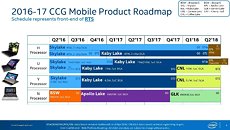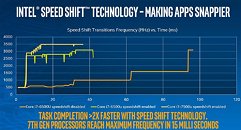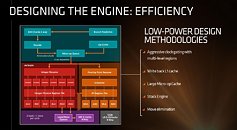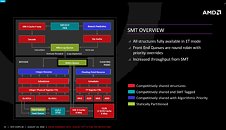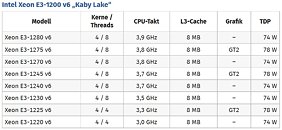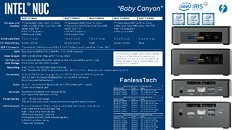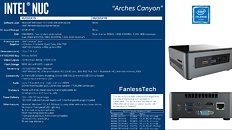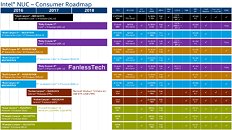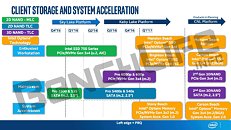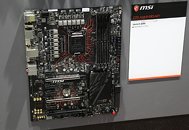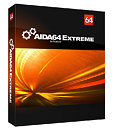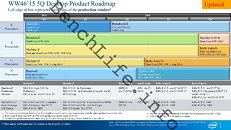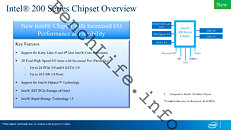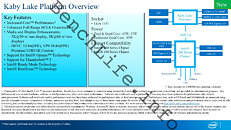
Two ASRock Z270 Motherboard Packages Smile for the Camera
Ahead of their Q1-2017 launch alongside the 7th generation Core "Kaby Lake" processors, the boxes of two premium ASRock motherboards based on the upcoming Z270 Express chipset smiled for the camera. These are the ASRock Z270 Gaming K6, and the Z270 Pro4, or at least that's the best we could read through the blur. The Z270 Gaming K6 could be a premium offering, while the Z270 Pro4 could be an entry-mainstream one.
Just as Intel launched both the 6-series and 7-series chipset for the LGA1155 socket, and the 8-series and 9-series chipset for the LGA1150 socket; the Z270 could be Intel's second platform for the LGA1151 socket, in being compatible with both the upcoming 7th generation Core "Kaby Lake" processors, and the existing 6th generation Core "Skylake" ones. Existing 100-series chipset motherboards will support "Kaby Lake" chips with BIOS updates.
-- images removed at request of AsRock --
Just as Intel launched both the 6-series and 7-series chipset for the LGA1155 socket, and the 8-series and 9-series chipset for the LGA1150 socket; the Z270 could be Intel's second platform for the LGA1151 socket, in being compatible with both the upcoming 7th generation Core "Kaby Lake" processors, and the existing 6th generation Core "Skylake" ones. Existing 100-series chipset motherboards will support "Kaby Lake" chips with BIOS updates.
-- images removed at request of AsRock --



